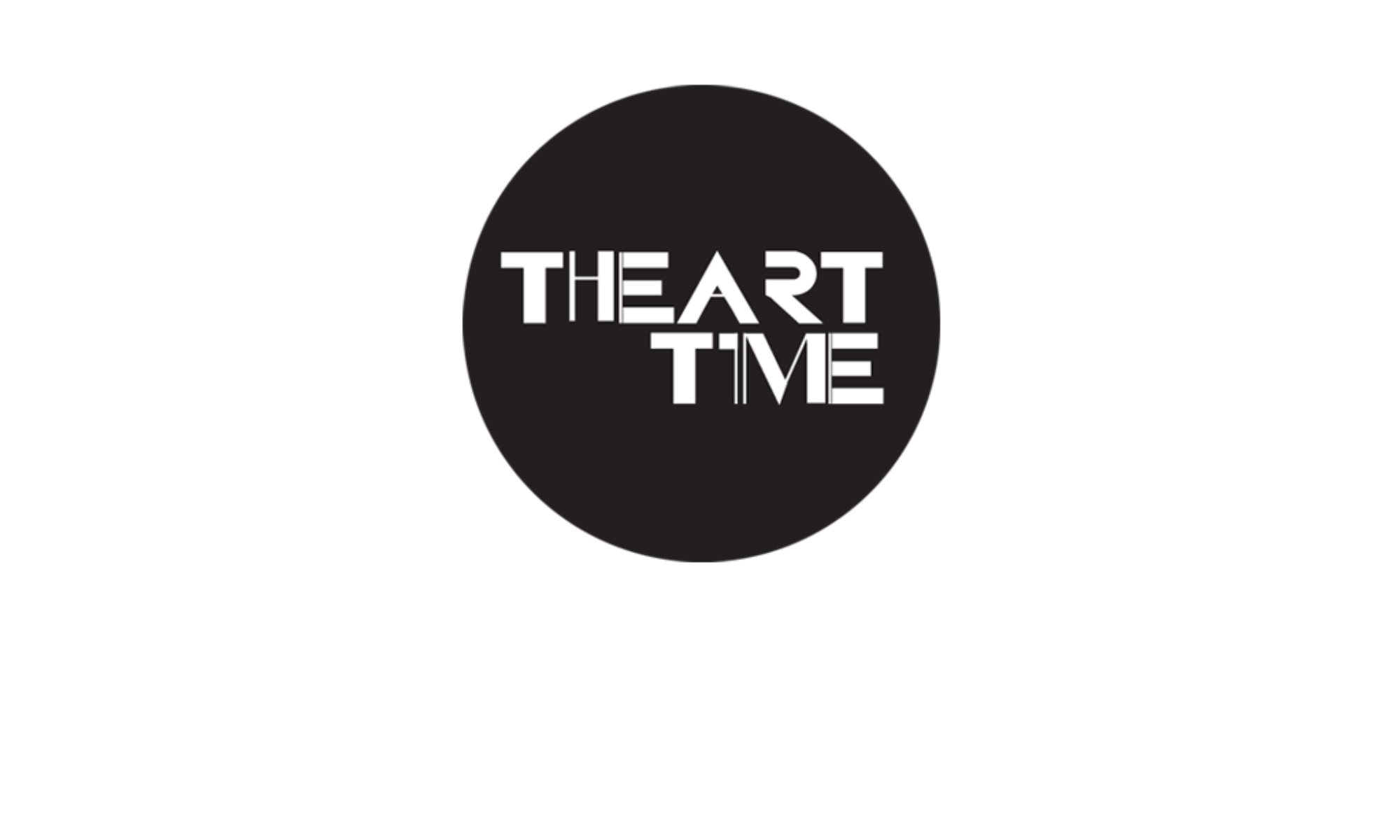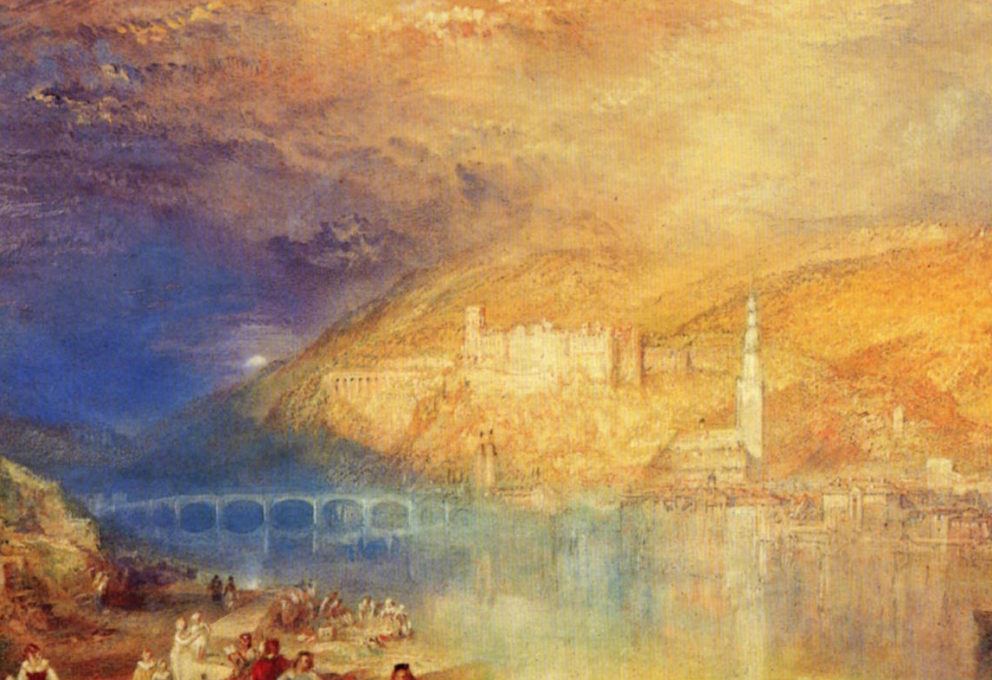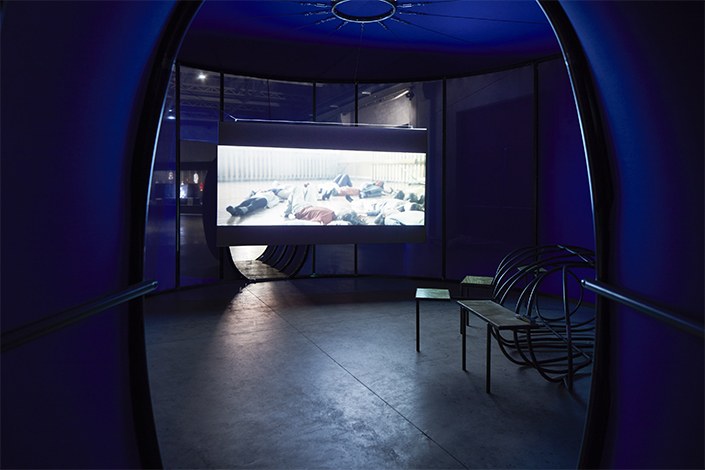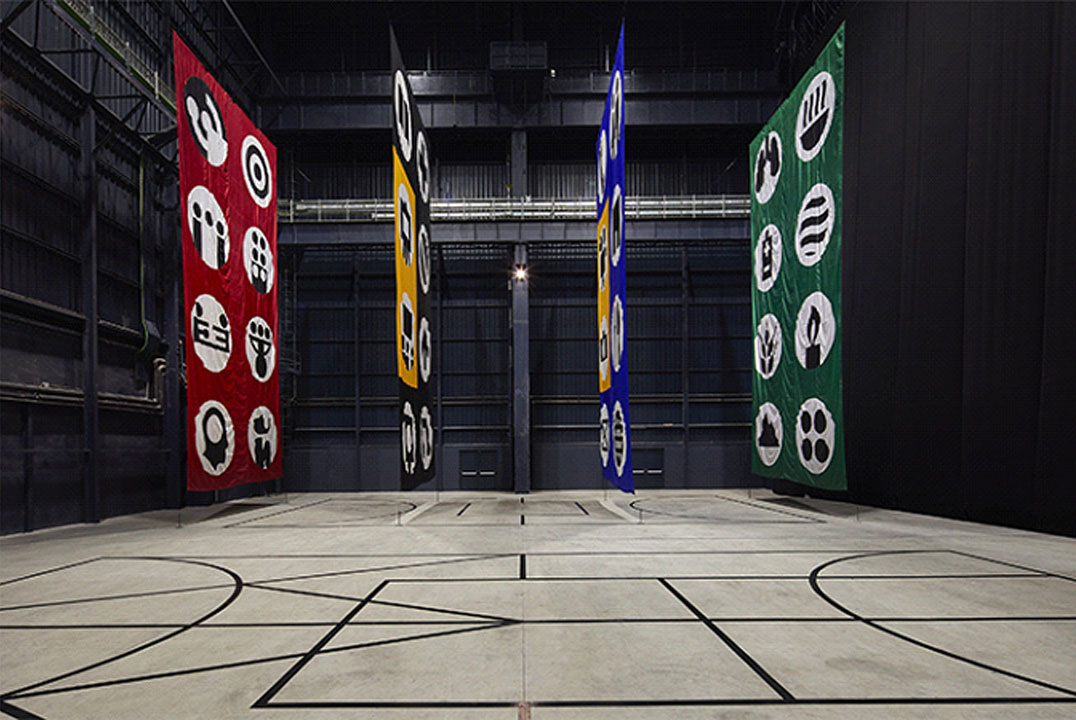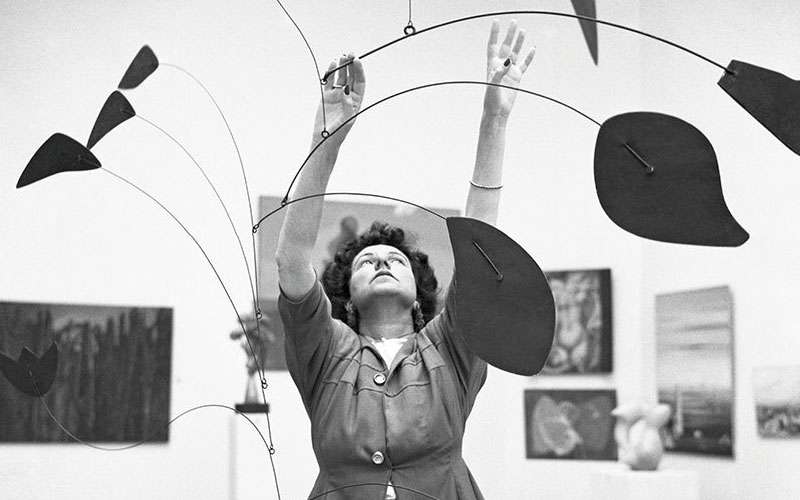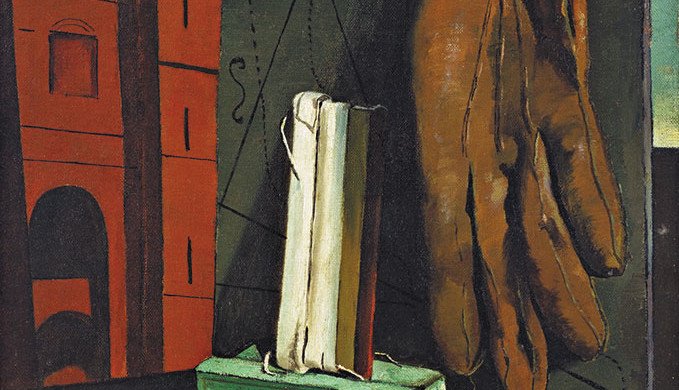Turner, works by Tate, Chiostro del Bramante, Rome, until August 26th. A truly intimate collection, with works known today as ‘Turner Bequest’, many of which come from the artist’s personal studio and have been created over the years for his ‘pure pleasure’, according to the expression of John Ruskin.
Eva Kot’átková
⦁The free exhibition Eva Kot’átková. The Dream Machine is Asleep at the Bicocca Hangar in Milan, until July 22nd. Eva Kot’átková’s work investigates the forces that influence human behavior, as norms and educational systems can generate situations of control. The exhibition presents installations, sculptures, collages and performances, dedicated to the human body seen as a machine and organ caught during sleep, while generating inner worlds parallel to reality.
EXHIBITIONS IN PARIS , SUMMER 2018
A very rich summer in Paris for art lovers, with exhibitions of great value and famous talented artists.
On the occasion of the 80s years since ‘Guernica’ has been created, an exhibition is planned at the Musée Picasso until July the 29th; the show studies the history of the famous painting, also deepening the political vision of Pablo Picasso.
The great romantic of French art, Eugène Delacroix is protagonist for Paris 2018 at the Musée du Louvre until July the 23rd.
Monet as a precursor of Abstractism and abstract art is exhibited at the Musée de l’Orangerie until August the 20th: a parallel is drawn between the water lilies of Monet and the Abstract Expressionism of the New York school, from Pollock to Rothko and it is evident that the stylistic choice of his late works are real precursors.
Paris will also celebrate the 100th anniversary of Klimt’s death, with a “Journey to the heart of the Viennese Secession” to the Atelier des Lumières from April the 13th. Another centenary, that of Egon Schiele (died in 1918), will be remembered with an exhibition at the Louis Vuitton Foundation from 3 October.
The heart of the biggest twentieth century masters is in Paris. Not to be missed.
PABLO PICASSO 1932, Tate Modern, London
-
Nude in Black Armchair, Succession Picasso/Dacs London 2018
‘Picasso, 1932. Love, Fame, Tragedy’: the first personal exhibition that the Tate Modern dedicates to him, doing it in style. Face to face with over 100 paintings, sculptures and drawings, interspersed with photographic material and looks on his private life.
Every myth about Pablo is swept away to read the man and the artist in all its complexity and its facets.
He said: ‘I paint in the same way that some write their autobiography. The paintings, complete or unfinished, are the pages of my personal diary’.
The exhibition is unmissable, curated by Acchim Borchardt-Hume, in collaboration with the Picasso National Museum in Paris.
1932, a very intense year for the father of Cubism.
The exquisite Nude on a black armchair shows a balanced beauty and such sensuality that there is no choice but to stop and watch it. The more you look, the more you see. First we see a naked woman reclining on a black chair, under a proud sun, visible behind a window partially hidden by leaves of an interior plant. Titian, Manet and Matisse respectively with Venus, Olimpia and L’Odalisque with Magnolia are clearly present in the work. Hidden between the lines. Then, the personal story of Picasso emerges: traces of the blue from its first period, disjointed parts of the body that echo the cubist years, lines drawn from its post-war primitivism and that dreamy trait coming from the recent interest in Surrealism.
In reality, in the final analysis, it is his soul that emerges in the masterpiece: hypnotized, poetic, erotic, even sonorous. It is a love painting fluidly emitted in the harmonious lines of the artist and in the balance of his colors.
Through the exhibition, we look at masterpieces but also works, as Will Gompertz writes for BBC News, much less successful works, which is almost a relief, he jokingly writes, given the boundless genius of the artist in question. The result is a brilliant Picasso and a more human, experimental Picasso.
It is certainly an exhibition that offers in vision a sort of ‘what’s going on here?’ , question that concerns the year 1932: it was what perhaps the artist asked himself, in his experiments sometimes successful , sometimes less successful, but certainly so beyond the boundaries to be incomparable for the audacity of the research. An impressive year for the level of work created, no doubt.
One wonders which painter today challenges the vehicle in the same way Picasso was able to do it 80 years ago.
Faced with the works on display, the certainty of the greatness of his being an artist is evident.
1932 was an extraordinary year for Picasso: his paintings reached such a level of sensuality and perfection that definitively decreed his status. It was also an important year from a sentimental point of view: he tried to maintain a balance between his wife Olga Khokhlova and her 11-year-old son and his love affair with Marie-Thérèse Walter, 28 years younger than him.
The exhibition brings to life these complex artistic and personal dynamics through a series of extraordinary works, some of which have never been exhibited before and part of prestigious private collections.
Matt Mullican
⦁ Matt Mullican, the feeling of things, Hangar Bicocca, until September 16: in the concept album Tommy by The Who, said the protagonist “look at me, hear me, touch me, heal me”: emotions, feelings precisely. This is the Mullican retrospective at the Pirelli Hangar, 3500 square meters in which its unmistakable cosmologies are found in works from the seventies to today, including paintings, frottages, flags, glass sculptures, works on paper, video, light boxes, floor works and large installations. Space of great charme.
1948, la biennale di Peggy Guggenheim
“1948, the biennial of Peggy Guggenheim“, Venice, until November 25; The 70th anniversary of the exhibition of the Peggy Guggenheim collection takes place in the halls of the Greek Pavilion at the 24th Venice Biennale. It was the first time that Peggy’s collection was exhibited in Europe. His museum to celebrate the anniversary recreates the setting of the Pavilion set up on that occasion by the famous Venetian architect Carlo Scarpa.
HENRI MATISSE
⦁ Henri Matisse at the Forte di Bard (Aosta), from 7 July to 14 October; curated by Markus Miller, the exhibition is dedicated to Matisse’s relationship with theater and drama; works from Munster but also Nice, Montecarlo and the Matisse heirs. 4 sections: stage costumes, models, odalisques and Jazz, with the famous papiers découpés.

GIORGIO DE CHIRICO
Giorgio De Chirico and the Neo Metafisica, at Palazzo Campana, Osimo, Ancona, until November 4th, curated by V. Sgarbi
